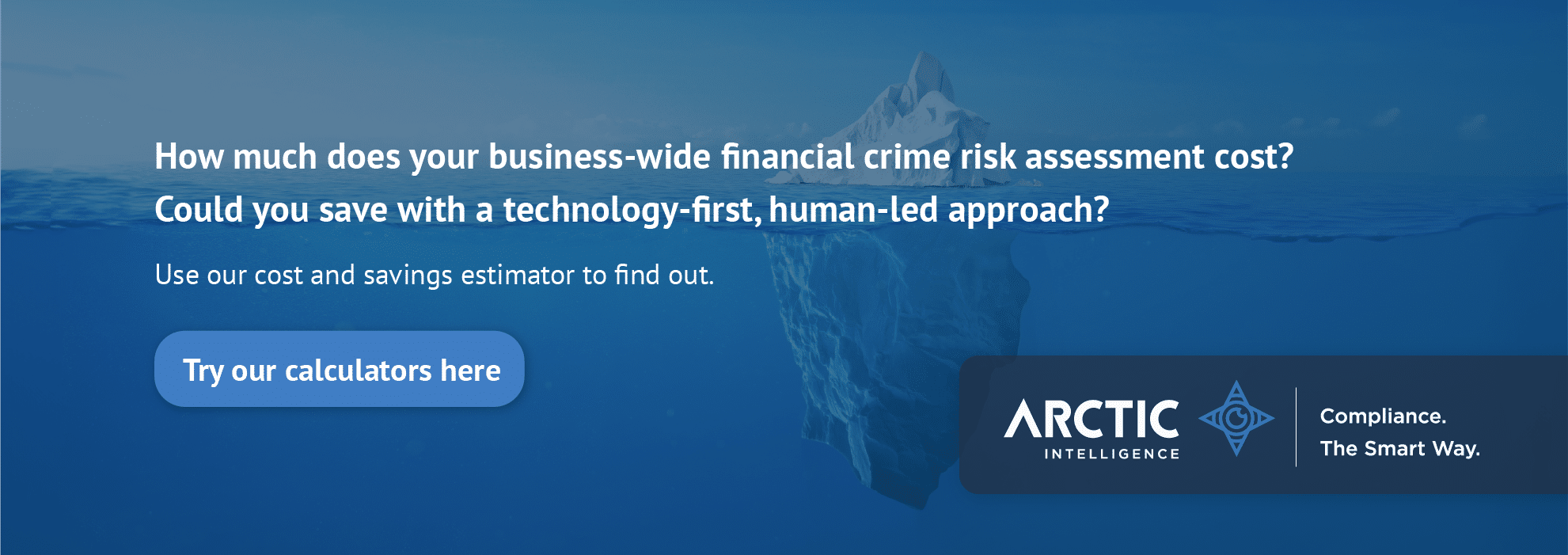As the global financial landscape becomes increasingly complex and digitalised, gatekeeper professions, including lawyers, accountants, real estate agents, and trust and company service providers (TCSPs), are under greater pressure to comply with Anti-Money Laundering (AML) and Counter-Terrorist Financing (CTF) regulations. At the same time, they must navigate the growing demands for data protection and privacy laws, particularly in jurisdictions with stringent data protection frameworks like the European Union (EU) under the General Data Protection Regulation (GDPR).
The dual challenge of complying with AML obligations while adhering to data protection regulations has created a complex and often conflicting landscape for gatekeepers. AML regulations typically require professionals to collect, verify, and store large amounts of personal and financial data about clients, while data protection laws seek to limit the collection and use of personal data, often imposing strict conditions on how such data is processed, stored, and shared.
This article explores the potential conflicts between AML compliance and data protection obligations for gatekeeper professions. It also provides practical guidance on how professionals can navigate these conflicts while ensuring compliance with both regulatory frameworks.
1. The Regulatory Landscape: AML and Data Protection Laws
1.1. AML and CTF Regulations
Anti-money laundering and counter-terrorism financing regulations are designed to prevent criminals from using legitimate financial systems to launder illicit funds or finance terrorist activities. These regulations place strict obligations on gatekeeper professions to identify and verify clients, assess risks, monitor transactions, and report suspicious activity. The key components of AML compliance that affect gatekeeper professions include:
- Client Due Diligence (CDD): Professionals are required to verify the identity of their clients through reliable documentation and, in some cases, to perform enhanced due diligence (EDD) for high-risk clients, such as politically exposed persons (PEPs) or clients from high-risk jurisdictions.
- Suspicious Matter Reporting (SMR): If professionals detect suspicious activity, they are required to report it to the relevant authorities, often without informing the client, to avoid tipping them off.
- Record-Keeping: AML regulations mandate that professionals maintain records of the CDD process, including identity verification, transaction details, and risk assessments, for a specified period—usually five years.
In many jurisdictions, such as the European Union, the United States, and Australia, these requirements are closely aligned with international standards set by the Financial Action Task Force (FATF).
1.2. Data Protection Laws
Data protection laws are primarily concerned with safeguarding the privacy and personal data of individuals. These laws are becoming increasingly stringent, particularly in regions such as the EU, where the General Data Protection Regulation (GDPR) sets a high standard for data privacy and security. Key principles of data protection that impact gatekeeper professions include:
- Data Minimisation: Data protection laws often emphasise that only the minimum amount of personal data necessary for the purpose at hand should be collected.
- Purpose Limitation: Personal data should only be used for the specific purpose for which it was collected, and it should not be repurposed without the data subject’s consent.
- Data Subject Rights: Under data protection regulations, individuals have the right to access their personal data, request corrections, delete data (right to be forgotten), and withdraw consent for its processing.
- Data Security: Organisations must implement robust measures to protect personal data from unauthorised access, loss, or theft.
In the EU, the GDPR is the most comprehensive data protection law, while in the U.S., the California Consumer Privacy Act (CCPA) provides similar protections, with specific rights for residents of California. In Australia, the Privacy Act regulates how personal data should be handled.
2. Conflicts Between AML Compliance and Data Protection
The regulatory requirements for AML compliance and data protection often create tensions due to their differing goals. On the one hand, AML regulations mandate the collection, retention, and sharing of personal data for security and regulatory purposes. On the other hand, data protection laws are designed to safeguard privacy and limit the use of personal data. The following are key areas where these two sets of regulations can conflict:
2.1. Data Collection and Retention
AML compliance requires professionals to collect detailed personal and financial information about their clients to assess risks, verify identities, and monitor transactions. This may include sensitive personal data, such as tax identification numbers, dates of birth, proof of address, bank statements, and information about a client’s financial activities.
Data protection laws, however, impose strict limits on how much data can be collected and for how long it can be stored. The GDPR, for example, mandates that data should only be kept for as long as necessary to fulfill the purpose for which it was collected. For gatekeepers, the tension arises when they are required to retain client data for extended periods (e.g., five years under AML regulations) while complying with data minimisation principles under data protection laws.
2.2. Purpose Limitation and Data Sharing
AML regulations often require professionals to share client data with regulatory authorities, financial intelligence units (FIUs), or law enforcement agencies when suspicious activity is detected. For example, in the event of suspicious money laundering activity, lawyers or accountants may be required to report the matter to the authorities without the client’s consent.
However, data protection laws emphasise the purpose limitation principle, meaning that data should only be used for the purpose for which it was originally collected. In situations where personal data needs to be shared for AML compliance purposes, professionals may be in conflict with their obligations under data protection law, which typically limits the scope and recipients of data sharing.
2.3. Client Rights vs. Reporting Obligations
Under data protection laws like the GDPR, clients have certain rights over their personal data, including the right to access, correct, or delete it. However, these rights can be at odds with AML reporting obligations, particularly when a gatekeeper needs to submit a suspicious matter report (SMR) or when client information must be retained for a period longer than the client would like.
For example, if a client requests to have their data erased (the “right to be forgotten”) while the data is still required for AML compliance purposes, the gatekeeper may be caught between the client’s right to privacy and the obligation to retain records for regulatory reasons. Similarly, data protection laws may require explicit consent from clients for data processing, but AML regulations mandate data collection and sharing without the client’s explicit consent in certain circumstances.
3. Practical Solutions for Navigating Conflicts
To effectively navigate the conflicts between AML compliance and data protection, gatekeeper professions must adopt strategies that balance both regulatory frameworks. Here are several practical solutions:
3.1. Data Minimisation and Risk-Based Approach
Gatekeepers should implement a risk-based approach to both AML compliance and data protection. This involves assessing the risks associated with each client and collecting only the minimum amount of personal data necessary for AML purposes. By applying a risk-based approach, professionals can ensure they are gathering and retaining data in compliance with both sets of regulations, without overstepping the boundaries of data protection laws.
For example, for lower-risk clients, basic identity verification may be sufficient, reducing the amount of sensitive data collected and stored. On the other hand, higher-risk clients (e.g., PEPs, clients from high-risk jurisdictions) may require enhanced due diligence (EDD), which would necessitate the collection of more extensive data, in compliance with AML laws.
3.2. Clear Data Retention Policies
Gatekeepers should develop clear data retention policies that align with both AML and data protection regulations. These policies should outline how long client data will be retained and for what purposes, ensuring that data is not kept longer than necessary.
For example, while AML regulations may require retention of client data for five years, data protection laws require that data should not be held indefinitely. Gatekeepers should implement systems that ensure data is securely archived for the required retention period and then deleted in a manner that complies with both AML and data protection laws.
3.3. Transparent Client Communication
Gatekeepers must clearly communicate their data processing practices to clients, ensuring that clients understand the reasons for collecting their data, how it will be used, and for how long it will be retained. This can be achieved through well-crafted privacy notices and consent forms that explain the dual regulatory requirements of AML and data protection laws.
Additionally, professionals should inform clients about their rights under data protection laws, including the right to access and correct their data, while also explaining the situations where data might be shared or retained without their consent due to AML obligations.
3.4. Balancing Reporting Obligations and Client Rights
When suspicious activity is identified, gatekeepers must comply with their suspicious matter reporting obligations while respecting the limitations of data protection laws. This requires ensuring that client data is shared only with the appropriate authorities and only when absolutely necessary. For instance, in the event of an SMR, the reporting should be as limited and targeted as possible to comply with data protection principles, minimising the amount of personal data disclosed.
In situations where client rights under data protection laws (e.g., the right to be forgotten) conflict with AML retention requirements, gatekeepers should seek legal counsel to ensure compliance with both regulations and handle the situation in the most transparent and legally sound manner.
4. Conclusion
The regulatory conflict between AML compliance and data protection presents a significant challenge for gatekeeper professions, such as lawyers, accountants, real estate agents, and TCSPs. However, by adopting a risk-based approach, implementing clear data retention policies, communicating transparently with clients, and balancing reporting obligations with client rights, these professionals can navigate these conflicts effectively. As financial crime and privacy concerns continue to evolve, gatekeeper professions will need to stay informed about regulatory changes and adapt their practices to ensure compliance with both AML and data protection laws. By doing so, they can continue to serve as critical protectors of the financial system while safeguarding clients’ privacy rights.



